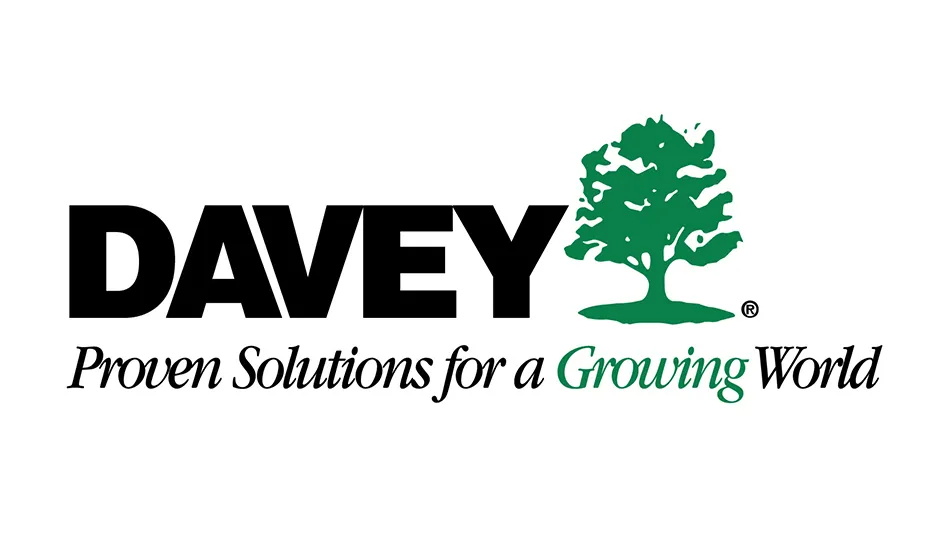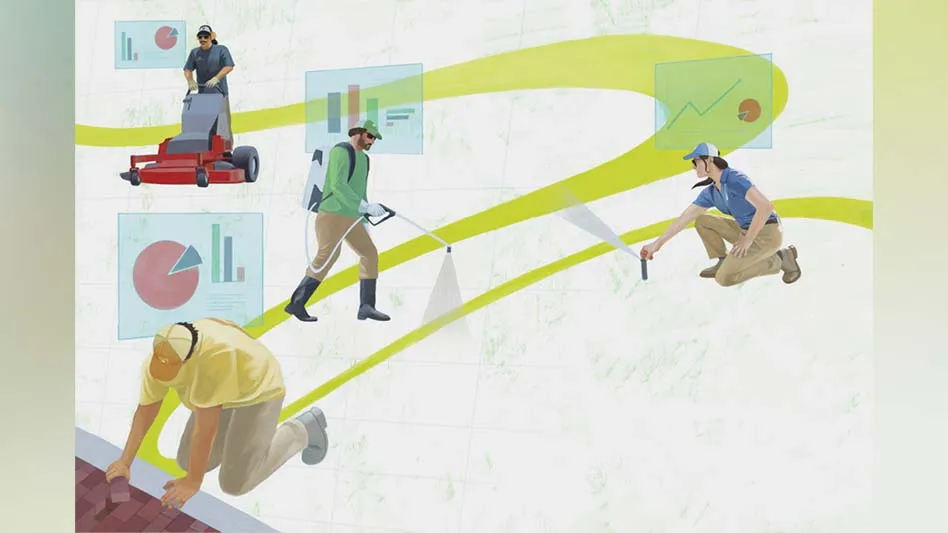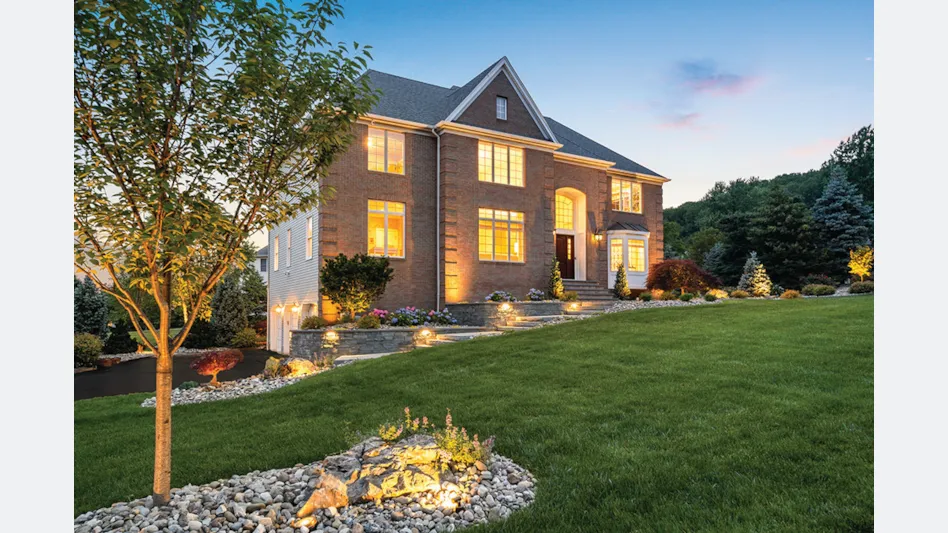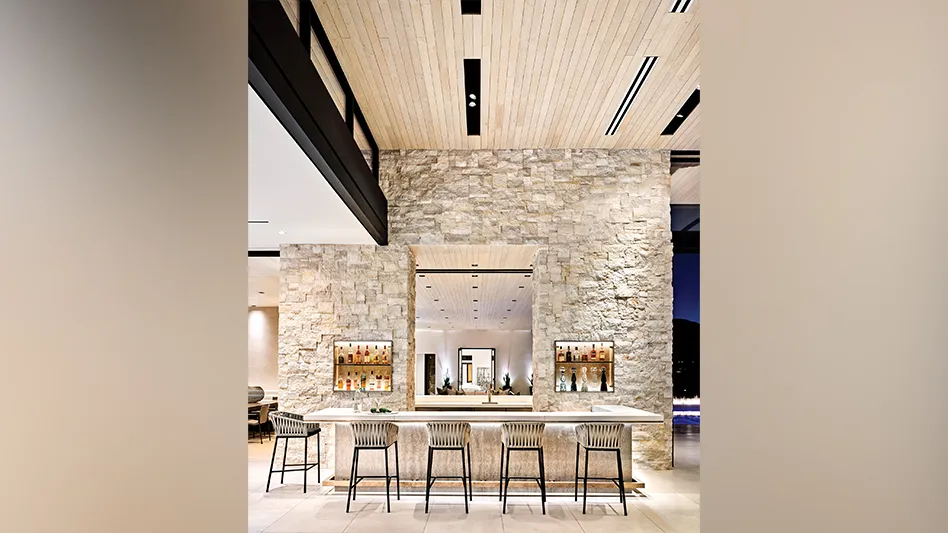Every landscaper, nurseryman and arborist should consider selling enhancements or add-on services and products to their existing customers. The advantages apply to both residential and commercial customers. There are four compelling reasons why selling enhancements is a good idea:
1. Increased sales
2. Differentiation
3. Keep the competitors out
4. Increased profits
Despite the fact that all four of these advantages hold true across all service industries, most of these sales are not made. I’ll explain why your competitors aren’t selling enhancements, why you should and how to begin doing it today.
The first, most obvious reason to upsell is to increase sales, but the key is to be sure that these sales generate more profit than your base contract.
The second reason is differentiation. If very few companies, particularly service companies, are effectively upselling, the ones that do upsell set themselves apart from their competition. By selling enhancements, landscapers take a truly proactive approach to their customer’s property. They are professionally managing the property, not just “cutting grass” like all the others. They are viewed by their customers as different, but in a very positive way.
The third reason: it will shut your competitors out. Your customers will be super happy because you are taking great care of them. There will be absolutely no reason for them to “shop” for another company, let alone take the time to respond to your competitors’ ads or pitches.
Lastly, your profits will be higher because you have performed work that is not “bid out.” Enhancement sales generate more dollars per hour than your basic maintenance services. Even better, you will also be able to generate sales during the hot summer months when typically most landscapers are slow.
OK, so where do you start? The answer is by walking your customer’s property on a regular basis and looking for areas of improvement.
I’ll never forget when I hired my first consultant, the eminent arborist and teacher, Oscar Stone. The first property we toured was a very large one and he asked me two questions, “What do you see that is wrong?” and, “What can you do to correct it?” Now, more than 30 years later, I still ask myself those same questions. In addition, I feel you need to ask two more questions: “What can I do to improve the maintenance of this property?” and, “What can be done to improve this property, (i.e. by removing or adding plants and trees, enhancing the property with hardscapes, gardens, etc.)?”
Once you have asked and answered these four questions, invite the owner or manager to walk with you, and point out your findings. Because they have a vested interest in the property, they will be happy to join you. If you are inexperienced or just need to have another pair of eyes see the property, arrange to have a horticulturalist or a creative landscape designer accompany you on these walks. Don’t worry about the cost, it will be covered by the increased sales that are generated. Your customers will also be impressed that you’ve pulled in an “expert.”
Once you and your customer have walked the property, there are three big objectives you want to accomplish:
1. Become your customer’s trusted friend
2. Determine their: a. desires, b. idea of level of quality, c. budget, d. pace
3. Have them commit to something
First, begin developing a relationship with your customer and find common ground. Get inside your customer’s head. In the beginning, talk with them about everything you can except landscaping. Take mental notes and write them down later using a customer profile sheet. Be sure to listen, listen, listen. Most landscapers do the opposite, and the customer can’t get a word in.
While in conversations with your customer, try to determine the quality level they expect. Find out if their goal is to impress “the Joneses” next door or to create a beautiful environment for themselves. This will make a difference in your sales approach.
Also, ask them if they have a budget. No matter what their response is, you can say, “You know, most of my customers with a beautiful property like yours spend between X and X dollars each year to continue to improve their property. Is this what you envisioned?” This will help you move forward.
You also need to find out their preferences for scheduling projects. Would they like them done all at once or over a period of time? Are they patient and willing to wait to do their patio during July and August when you are slower, or do they want it done “yesterday”?
Before the walk ends, try to get some kind of commitment to “start something” such as a proposal, a master plan, a small part of the job, even another meeting. The trick is to move in a positive direction. Remember, buying is not necessarily a rational decision, it’s mostly emotional.
Talk about what the property looked like before they used your service, what level you feel the property is now and what your vision is for the property in the future. This will help them in their thought process as well. (It never hurts to mention that the money invested in their landscape increases the value of their property and future “curb appeal” when and if they ever want to sell it.)
Be sure to draw a picture in their mind of what the finished product will look like and how much they will enjoy it. But please don’t be pushy! Make suggestions and let them decide. If what they say is not what you wanted to hear, give them another suggestion. You may not get them to agree to spending any money on additional work the first walk, and it may take several walks over a period of years. Many people need to think about the improvements and changes before committing. In the meantime, there are always maintenance improvements that can be suggested, re-edging the shrub beds, freshening the mulch, pruning the ornamental trees, deep root fertilizing or planting bulbs for next year.
Remember, what you are suggesting will increase the value and enjoyment of their property, so don’t ever think you are taking advantage of them in any way. In most cases, once they begin to improve their property they will be so happy they will want to do more and then they will tell others about their improvements and about your great work.
One important thing I want to mention, especially with regard to commercial work but this also applies to residential: Be sure to have the specifications for their property with you and explain to the manager or owner what they have contracted to have done and what they have not. During these walks you don’t want to have the customer trying to coerce you into doing work you are not responsible for – that is not why you are there!
OK, they are sold on enhancement work and they want a written proposal from you. When you price this work, I suggest you increase your price above what you would normally charge for typical maintenance work. Hey, you need to get paid for your time and expertise, don’t you? I am not suggesting in any way that you “gouge” your customer because that’s not ethical, and if you want to enjoy an excellent reputation you need to provide value for their money. However, you do need to make a higher profit.
If selling enhancements creates more sales, less competition and more profits, why don’t service companies, particularly in the green industry, do this? The answer is simple: a lack of planning.
The typical yearly scenario, particularly in landscape companies, is as follows: The owner or manager decides to add a few people more than last season, thinking this will cover the increase in sales. When spring comes, the company takes on more work than they can handle. Even with the increase in man power, there are still not enough people to do the jobs, which forces their staff into a great deal of overtime. Their people are working 50-, 55- and 60-hour weeks. Everyone is exhausted; jobs take much longer than they should. The company is doing more work than ever, yet the excessive amount of work is seriously eating into profits. The owner can’t figure out what is wrong. No time for walking property with owners and managers; no time to do the higher-paid work. No one is happy – not the employees, not the owner, not the customers.
If this looks like your company, it’s time to stop this cycle and do some planning. Here’s how: Put all your customers on an Excel spreadsheet. On the top, put the jobs to be done (spring cleanup, mowing, etc.) and along the side list the customers. Put the hours needed for each function in the blocks. Once this is complete you will have the total amount of hours needed for every function in your company for the year. Now you know exactly how many people you need. You can project your growth and add qualified crews in advance to perform the enhancement work you sell. With this new tool, you can add and subtract work by the week and always know how many people you will need, no surprises. Once the projected hours are sold, either put the work in backlog or stop taking on the work. You can see by planning and exercising restraint you will control the work and it will not control you.
I assure you this is not merely a theory; it works. I know from personal experience and that of my clients. If you use these ideas you will be able to sell more work, at higher prices, lower your overtime and generate more referral leads than you can imagine. If you have questions, email or give me a call. I can assure you, if you follow these ideas you will double your profits next season!





